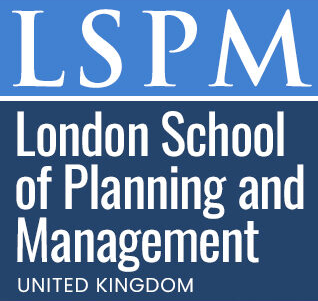Graduate Certificate in Historical GIS Analysis
Published on June 28, 2025
About this Podcast
HOST: Welcome to our podcast, where we explore exciting courses and the insights they offer. I'm thrilled to have Dr. Jane Smith, an expert in Historical GIS Analysis, here to discuss the Graduate Certificate in Historical GIS Analysis. Welcome, Dr. Smith! GUEST: Thank you for having me! I'm excited to share my experiences and knowledge about this fascinating field. HOST: To start, could you tell us a bit about your personal experiences with Historical GIS Analysis, and what drew you to it? GUEST: Of course. I've always been passionate about history, and I saw the potential for GIS to bring historical data to life in new and innovative ways. It's a powerful tool for understanding the past and making connections to the present. HOST: Fascinating. Now, let's talk about some current industry trends. What are some of the most exciting developments in Historical GIS Analysis today? GUEST: There are so many! One trend that stands out is the increasing availability of historical data, which is making it possible to study the past in unprecedented detail. We're also seeing more and more interdisciplinary collaboration, as historians, geographers, and other scholars work together to make sense of this data. HOST: That sounds really exciting. Now, I'm sure there are challenges in this field. What are some of the biggest challenges you've faced in teaching or learning Historical GIS Analysis? GUEST: One challenge is the steep learning curve. GIS can be a complex tool, and it takes time and practice to become proficient. Another challenge is the need to balance technical skills with historical knowledge. It's not enough to just know how to use GIS; you also need to understand the historical context of the data you're working with. HOST: Those are important considerations. Finally, let's look to the future. Where do you see Historical GIS Analysis heading in the next 5 to 10 years? GUEST: I believe we'll see even more integration of GIS into historical research and teaching. We'll also see more sophisticated analysis techniques, as scholars find new ways to make sense of the vast amounts of data available to them. And I hope we'll see more recognition of the value of Historical GIS Analysis, both within the academy and beyond. HOST: Dr. Smith, thank you so much for sharing your insights and expertise with us today. It's been a pleasure learning from you! GUEST: Thank you for having me! It's been a pleasure sharing my passion for Historical GIS Analysis with your audience.
